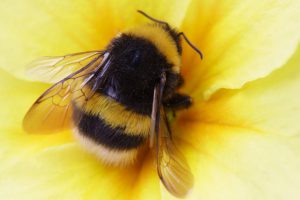Our Ag Day 2018 celebration on the steps of the California Capitol was a lot like California agriculture: a little of everything. We had enough raindrops to keep things growing, and enough food, flowers and fun to fill every cowboy hat in the place.
Our exhibitors embraced this year’s theme of “Climate Smart – California Grown” with plenty of handouts, demonstrations and messages about all that our state’s farmers and ranchers are doing to be good stewards of the land that we all call “home.” Happy Ag Day!
- A tomato and a sturgeon walk into a juice bar…
- Special thanks to our Ag Day emcee, Tracy Sellers of California Bountiful fame.
- CDFA Secretary Karen Ross (left) with Agriculture in the Classroom Executive Director Judy Culbertson.
- Assemblymember Matthew Harper gets in on the fun.
- And the award for best overalls goes to…
- Foundation for Agriculture in the Classroom Chairman Jamie Johansson congratulates the winning authors from this year’s “Imagine This” contest.
- Ag in the Classroom Executive Director Judy Culbertson praises the young writers and artists who participated in this year’s “Imagine This” contest and publication.
- Assemblymember Anna Caballero (right) presents an Ag Day proclamation to CDFA Secretary Karen Ross.
- The California Alpaca Breeders Association booth is always a crowd-pleaser.
- Name’s Al. Al Paca.
- CDFA Secretary Karen Ross (left, at microphone) speaks to an Ag Day audience that included several rodeo queens, including Miss Rodeo California Amanda Hop, Miss California Rodeo Salinas Lena Coulson, Miss Marysville Stampede Shania Beets, Miss Grand National Rodeo Sydney Frank, and Miss Gold Country Pro Rodeo Mariah Hunt.
- The annual charros’ performance has become an Ag Day staple.
- Assemblymember Vince Fong gives the lasso a try.
- Thanks to all of the FFA, 4-H, fair board and other students who volunteer every Ag Day.
- “Uh, mom, I think I know what I want for Christmas.”
- Assemblymember Sabrina Cervantes and Miss Rodeo California Amanda Hop have a new friend.
- Howdy.
- Rain or shine, business is always brisk for our Ag Day exhibitors.
- Flowers for everyone!
- Spinning the wheel and learning something new at the Ag in the Classroom booth.
- The State Fair tent is a regular feature of Ag Day, with displays of award-winning wines, cheeses and assorted other cool stuff.
- CDFA Secretary Karen Ross gets in on the Ag Day celebration with FFA members and families from the Merced area.
- Say “Tomato paste!”
- Flowers for everyone!
- “Plant California.” Seems like a pretty darned good idea.
- Pressed whites: check. Green ties: check. Fluff and fur: check.
- It just wouldn’t be Ag Day without 4-H kids and their project animals.
- The pygmy goats were right up there with the alpacas in the “I want a selfie with that!” category at Ag Day.
- The UC Agriculture and Natural Resources exhibit featured displays showing the diversity of California crops, including these citrus and avocado varieties.
- The UC Agriculture and Natural Resources booth included these cool displays of citrus varieties.
- Danny Lee with US Customs and Border Protection leads his trusty partner from the “Beagle Brigade” through a demonstration. These dog teams regularly inspect luggage and packages in major airports.
- Welcome to Ag Day!
- CDFA Secretary Karen Ross takes the Ag Day tour with (from left) Senators Ted Gaines and Steven Bradford.
- CDFA Secretary Karen Ross and the FFA support California’s “CalAgPlate” specialty license plate program.
- The charros braved the weather and thrilled the Ag Day crowd.








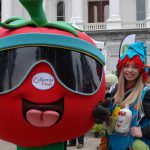
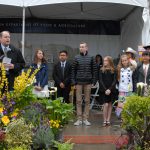


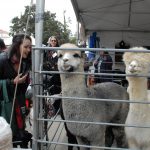
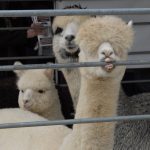
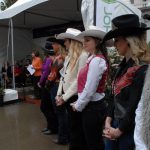





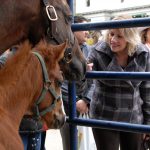
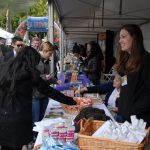
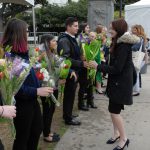


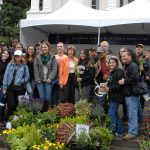
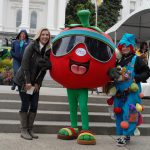



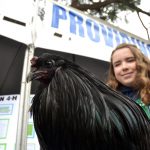

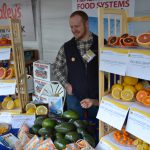
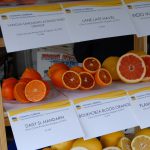



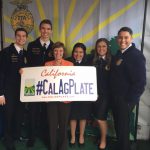



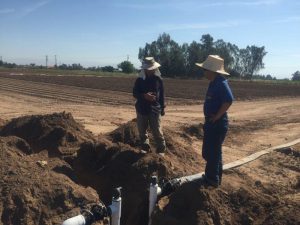
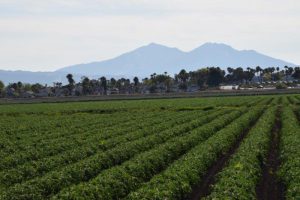
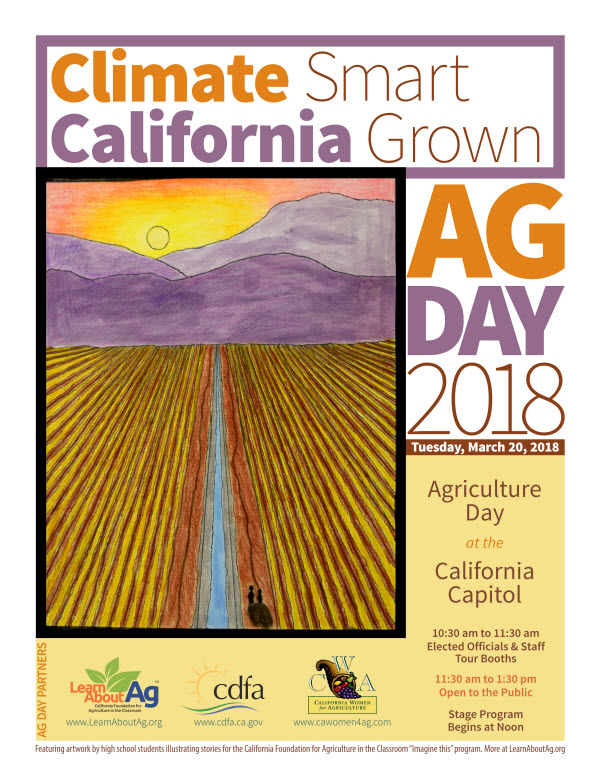
 In 2016 California’s farms and ranches received more than $46 billion for their output. This represents a decrease of about six percent compared to 2015. Despite this decrease, California remains the leading US state for cash farm receipts.
In 2016 California’s farms and ranches received more than $46 billion for their output. This represents a decrease of about six percent compared to 2015. Despite this decrease, California remains the leading US state for cash farm receipts.
